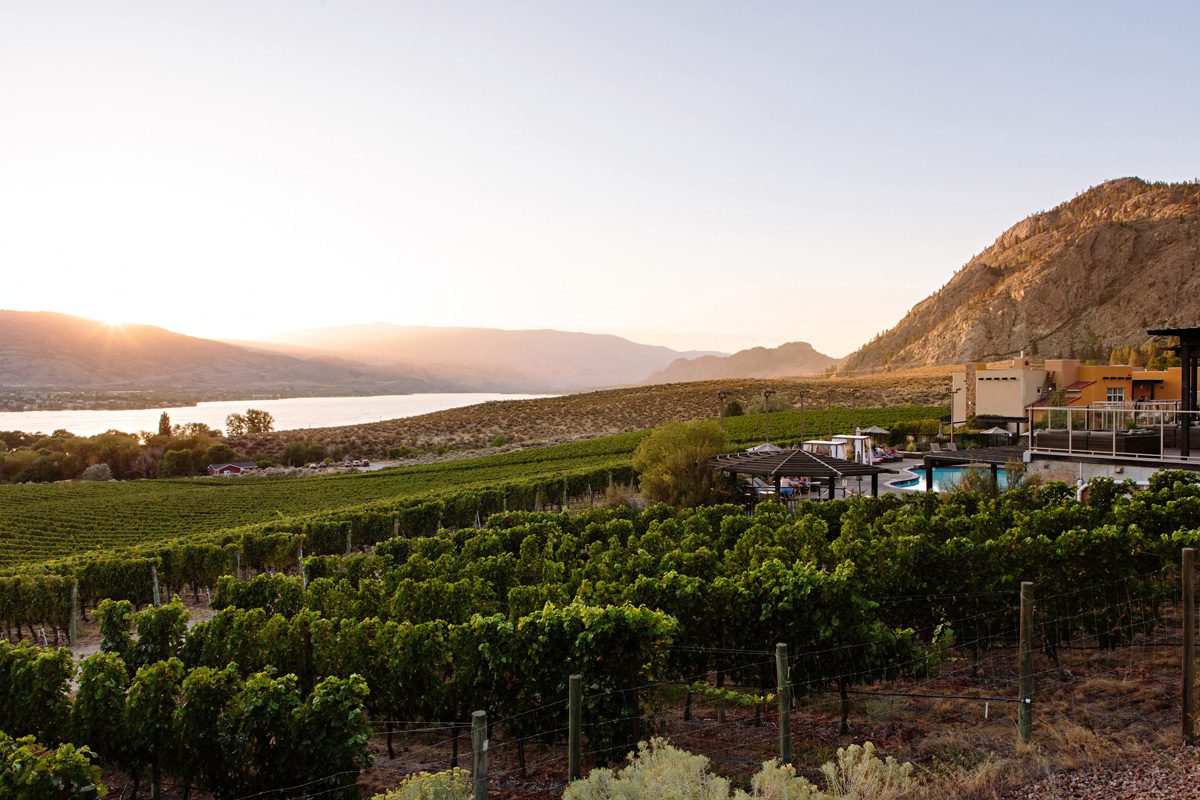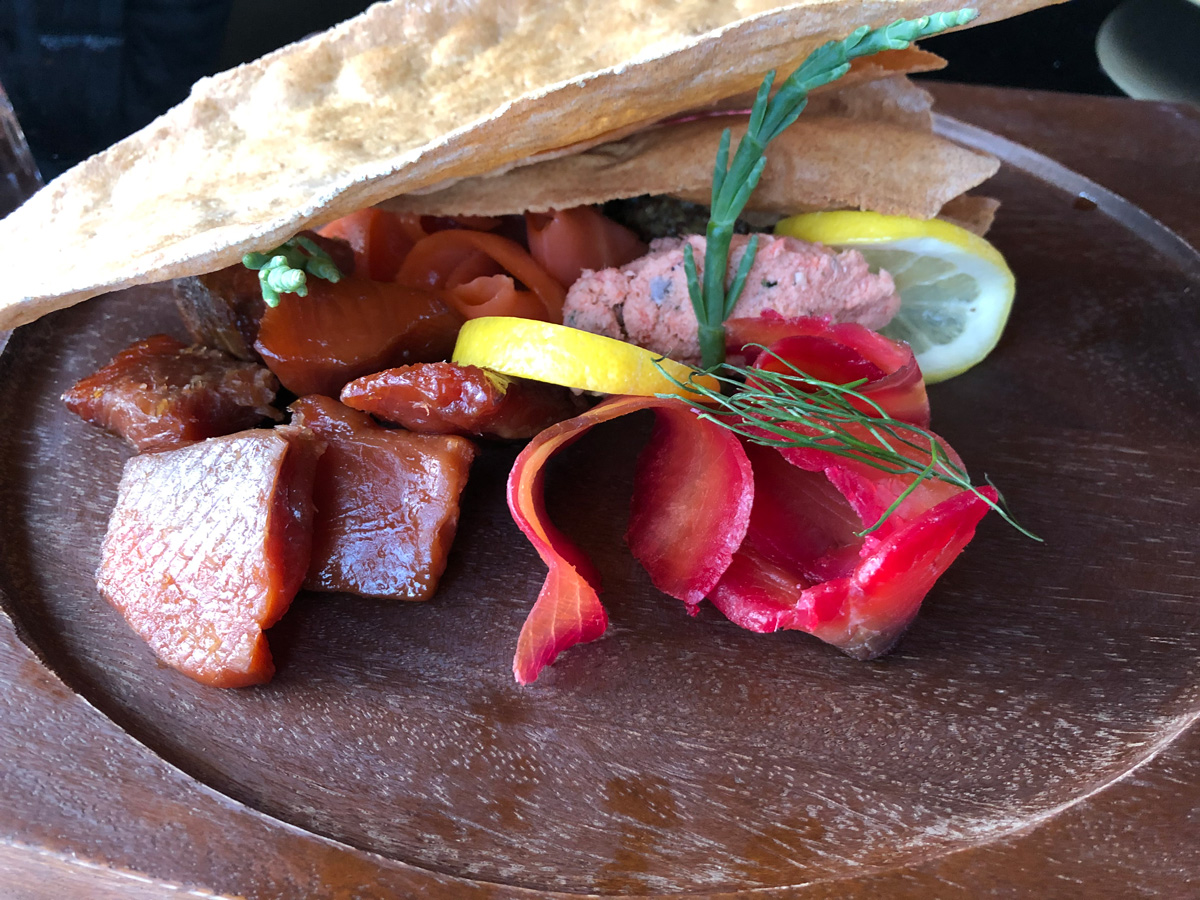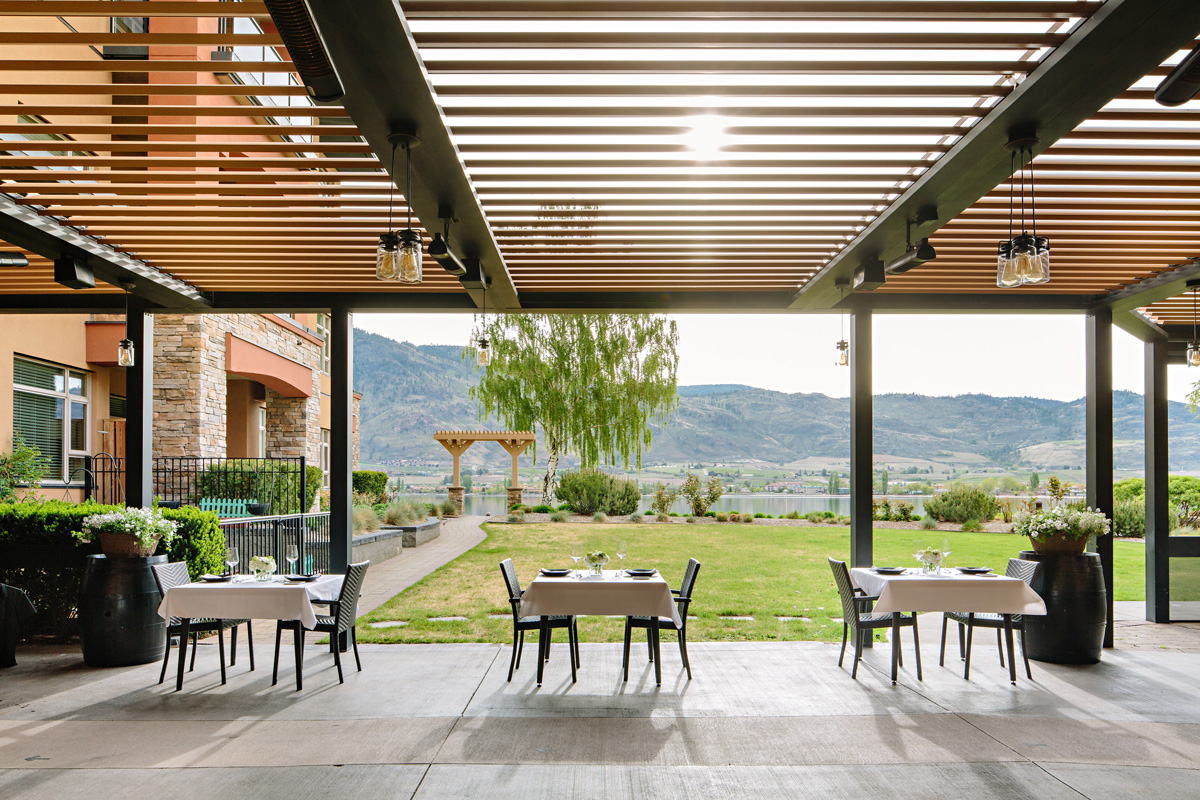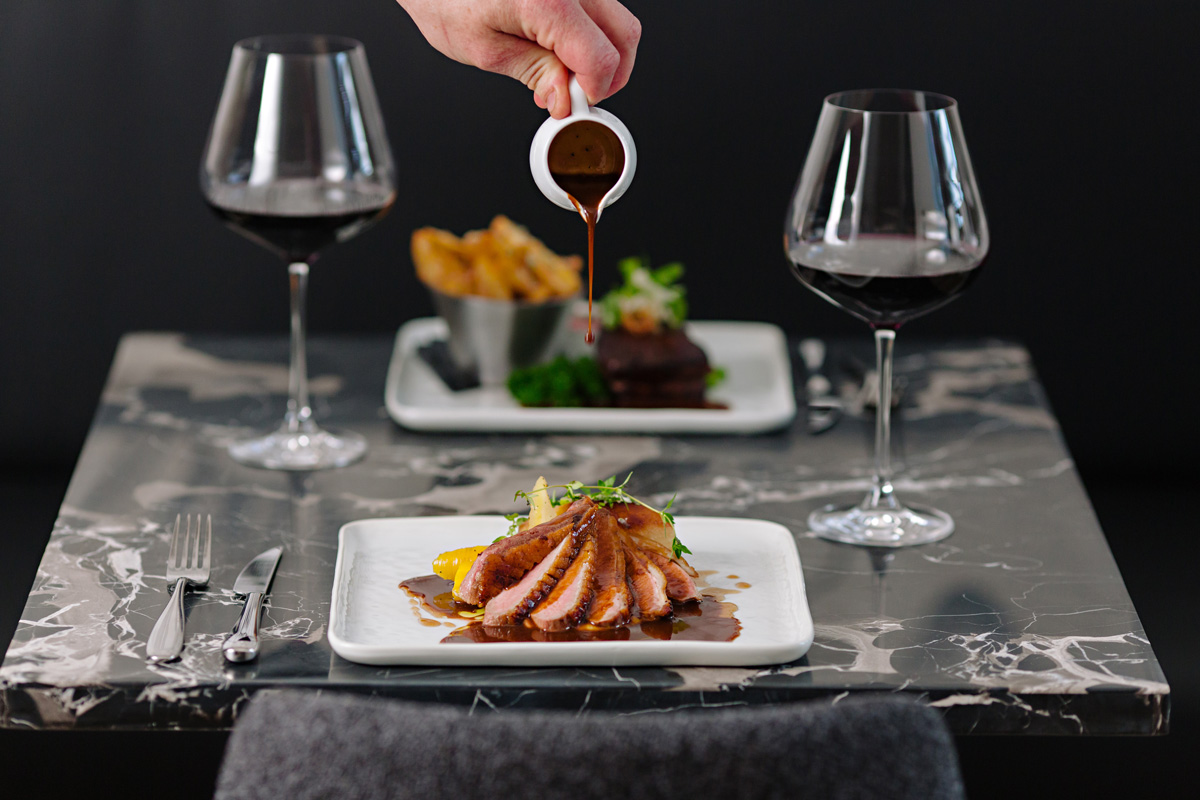
Wine Culture Magazine

Osoyoos’ desert landscape is ideal for ripening big reds like Cabernet Sauvignon and Syrah. Photo courtesy of Nk’mip Cellars
This is big red country. The long, hot, sun-soaked days and dry desert climate make Osoyoos one of the few places in Canada that can reliably ripen Cabernet Sauvignon and Syrah; meanwhile, its cool nights and nippy breezes keep acids bright and fruit fresh for thrillingly vibrant wines.
The wines are our favourite reason to visit Osoyoos, but we’re also there for the food, the lake culture and the incredible scenery. After all, Osoyoos was a popular holiday destination long before an optimistic Italian immigrant named Joe Busnardo planted some of BC’s first vitis vinifera back in 1968, at what is now Hester Creek Estate Winery.
The main attraction for most visitors is the lake. Osoyoos Lake is a skinny, 18-kilometre-long comma carved by retreating glaciers and bisected by the US border. It’s typically the warmest body of water in Canada and has long been a popular summertime playground for swimmers, paddlers, boaters and dreamers.
The lake helps create the area’s unique climate, so ideal for growing grapes as well as orchard fruits, the peaches, plums, cherries and nectarines that fill the fruit stands along Highway 97. It also gave the town (pop. 5,085) its name: Osoyoos derives from the Syilx word “sẁiẁs,” pronounced “soo-yoos,” which refers to “the narrowing of the lake.”

Salmon several ways at The Bear, The Fish, The Root and the Berry Joanne Sasvari photo
Aboriginal people have lived here for thousands of years, and today they share their traditions at the Nk’Mip Cultural Centre on the lands of the Osoyoos Indian Band, which owns Nk’Mip Cellars and Spirit Ridge Resort, with its Indigenous-inspired restaurant, The Bear, the Fish, the Root and the Berry. (Nk’Mip Cellars also just opened a satellite tasting room in the brand-new District Wine Village, just north of Oliver.)
Europeans arrived in the valley in 1811, first in search of fur, then on the trail of gold, followed by cattlemen driving large herds of livestock over the open range. The first commercial orchard opened in 1907; the first vineyards in the 1960s. For a number of years, this was a grape-growing region, not a winemaking or wine tourism one. But now, between here and the town of Oliver 20 kilometres up the road, there are more than 40 wineries, big and small, several with exceptional restaurants.
Right in Osoyoos itself, there is the aptly named Bordertown Winery, Blue Sky Estate Winery and Moon Curser Vineyards, which produces one of the widest and most exciting ranges of varieties in BC, including Touriga Nacional, Tannat and Tempranillo.
At the northern end of the lake, the valley splits into two benches, the Golden Mile on the west side, and Black Sage on the east. If you visit, plan to spend some time meandering along the country roads between them, pausing to taste wine and drink in the view.
In 2015, the Golden Mile Bench became BC’s first official sub-GI, a place that can grow Chardonnay as well as it can produce Merlot, thanks to its shorter days. Winery restaurants like Miradoro at Tinhorn Creek Vineyards and Terrafina at Hester Creek were among the first in the region, and still offer exceptional rustic-meets-elegant food that makes the most of local produce.
On the Black Sage Bench, Syrah and other powerhouse reds bask in the lingering sunshine of its west-facing slopes. The big news in this region is the massive, art-filled Phantom Creek Estates, which sits on some of the most historic vineyard land in the valley and recently opened a restaurant with views as spectacular as the food prepared by chef Sarah Fiore.
Between the two benches you will find Kismet Estate Winery, one of several owned and operated by Punjabi famers who immigrated in the 1980s and ’90s to become grape growers, vineyard owners and, eventually, wine makers. Its Masala Bistro serves deftly paired South Asian specialties like lamb curry, biryani and tandoori chicken.

The 15 Park Bistro patio offers serene lake views that pair with chef Nicholas Atkins’ farm-to-table fare. Photo courtesy of Watermark Beach Resort
Not all the dining is in the wineries, of course. There are, for instance, numerous Mexican eateries that have popped up to serve the seasonal workers on the vineyards, but also appeal to a much broader audience. And then there is the new, sleekly designed 15 Park Bistro at Watermark Beach Resort, where chef Nicholas Atkins offers fresh, flavourful, farm-to-table fare in a beautiful lakeside setting.
Pull up a seat. Order a glass of local Syrah. Watch the setting sun set the hills aglow. Enjoy the lake breeze. And start planning your next perfect day in Osoyoos wine country.
Where to stay:
Watermark Beach Resort has an unbeatable location in downtown Osoyoos and on the lake, with convention facilities, a spa and the beautifully renovated restaurant 15 Park Bistro.
Across the lake, Spirit Ridge Resort is part of Hyatt’s Unbound Collection. Located on the lands of the Osoyoos Indian Band, the property features an Indigenous cultural centre, the Nk’Mip Cellars winery and aboriginal-inspired The Bear, the Fish, the Root and the Berry restaurant.

Elevated farm-to-table fare at 15 Park Bistro. Jon Adrian photo
Where to dine:
In addition to the resort restaurants above, there are exceptional winery restaurants nearby, notably Miradoro at Tinhorn Creek, Terrafina at Hester Creek, the newly opened Restaurant at Phantom Creek Estates and the South Asian cuisine at Kismet winery’s Masala Bistro.
Where to sip:
Plan your tasting travels with the help of the Oliver Osoyoos Winery Association, which numbers more than 40 wineries among its membership.
The new Wines of BC Explorer app also has information about every winery and wine in the province. Download it to your phone, and start exploring!
For more information:
Visit Destination Osoyoos for info on accommodation, attractions, dining, and everything else you need for your trip.

Joanne Sasvari is editor of Vitis and The Alchemist magazines. She also writes about food and drink for WestJet and Vancouver Sun, and is author of the Wickaninnish and Vancouver Eats cookbooks.

Joanne Sasvari is editor of Vitis and The Alchemist magazines. She also writes about food and drink for WestJet and Vancouver Sun, and is author of the Wickaninnish and Vancouver Eats cookbooks.
@ Vitis Magazine